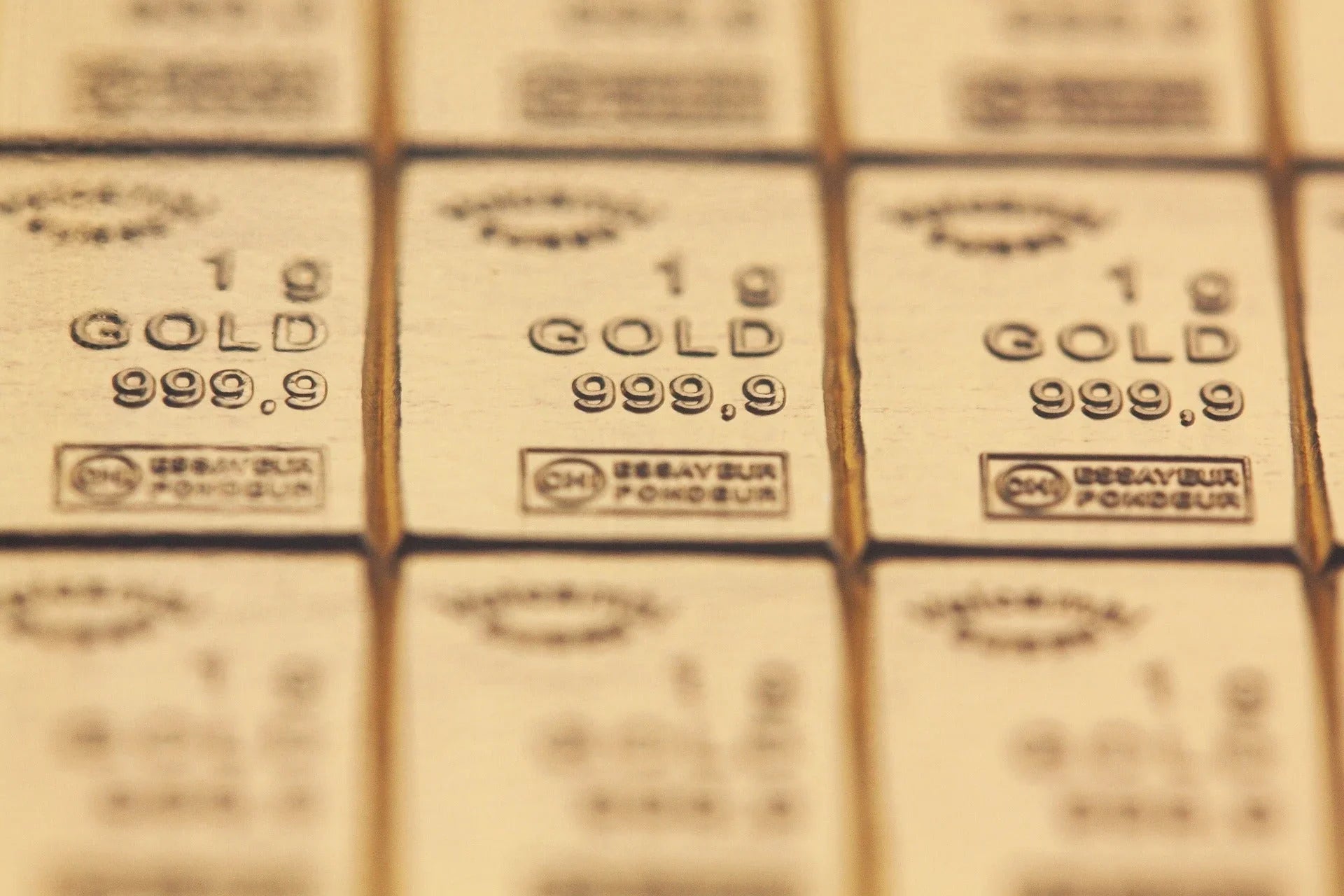Precious Metals and Their Role in a Retirement Strategy

Intégrer les métaux précieux dans une stratégie de retraite offre une protection contre l'inflation, une stabilité en période de crise économique, et une diversification précieuse du portefeuille. L'or et l'argent sont des actifs tangibles et liquides, idéals pour sécuriser votre patrimoine à long terme. Découvrez nos conseils pour optimiser vos investissements.
1. WHY INCLUDE PRECIOUS METALS IN A RETIREMENT STRATEGY?
Integrating precious metals into a retirement strategy is a wise decision for several reasons. Gold and silver offer financial security and valuable diversification for long-term investors.
One of the main advantages of precious metals is their ability to protect against inflation. Unlike paper money, which can lose value due to inflation, gold and silver retain their purchasing power. This characteristic makes them essential assets for those planning their retirement over several decades.
Precious metals are also known for their stability during times of economic crisis. When financial markets are volatile, gold and silver act as safe havens, protecting investors' wealth from significant losses due to market fluctuations.
Furthermore, gold and silver provide valuable diversification for a retirement portfolio. Diversifying your investments is crucial for reducing risk. Precious metals are not correlated to stock markets, meaning their value does not depend on the performance of stocks or bonds.
Finally, precious metals are tangible assets. Unlike stocks or bonds, they can be physically held and stored. This characteristic provides additional security in the event of a major financial crisis or banking system failure.
2. LONG-TERM BENEFITS OF PRECIOUS METALS FOR RETIREMENT
Investing in precious metals has many long-term benefits for retirement plans. Here are some of the main benefits.
Stability of value is a major asset. Gold and silver have a long and stable history of retaining value. Unlike currencies, which can devalue, precious metals maintain their real value over long periods of time.
Precious metals offer protection against geopolitical risks. International conflicts, political tensions, and economic crises can affect financial markets. In contrast, gold and silver tend to increase in value during times of global uncertainty.
Gold and silver are liquid assets. They can be easily bought and sold on global markets. This liquidity allows retirees to quickly access funds when needed, without having to incur significant losses.
Precious metals are also a hedge against low interest rates. When interest rates are low, the returns on bonds and savings accounts are reduced. In contrast, gold and silver do not depend on interest rates to maintain their value.
Investing in precious metals is an excellent way to diversify a retirement portfolio. Diversification reduces risk and increases the chances of long-term returns. By incorporating gold and silver into a portfolio of stocks, bonds, and real estate, investors can better manage risk.
Finally, precious metals offer growth potential. While their value is stable, they can also experience significant price increases. For example, during periods of high demand or scarce supply, the prices of gold and silver can rise, offering attractive returns for long-term investors.
3. TIPS FOR PLANNING YOUR RETIREMENT WITH GOLD AND SILVER
Planning for retirement with gold and silver requires a strategic approach. Here are some tips to optimize your precious metal investments.
Determine your allocation. Decide how much of your retirement portfolio you want to allocate to precious metals. A typical allocation can range from 5% to 20% depending on your risk tolerance and financial goals.
Diversify your precious metal investments. Invest in different forms of gold and silver, such as coins, bars, and ETFs (exchange-traded funds). Each form of investment has its own advantages and can offer additional diversification.
For those who want tosell and buy gold, it is crucial to choose reliable partners. Ensure the quality and authenticity of gold and silver. Use recognized platforms and avoid informal transactions.
Monitor market trends. Use analytical tools to track fluctuations in gold and silver prices. Charts and technical indicators can help you identify the best times to buy or sell.
Consider dollar-cost averaging. Buying gold and silver regularly, such as monthly, helps smooth out purchasing costs and reduce the impact of price fluctuations. This strategy, called dollar-cost averaging, is particularly useful in a volatile market.
Consult financial experts. Professional advice can help you optimize your investments. They can provide in-depth analyses and personalized recommendations to secure your retirement portfolio.
Protect your precious metal investments. Use safes to store your gold and silver at home or opt for professional storage solutions. Ensure your precious metals are adequately insured in case of theft or damage.
Plan your investments for the long term. Gold and silver are often long-term investments. Avoid impulsive decisions based on temporary price fluctuations. A thoughtful and strategic approach ensures long-term profitability and stability.
By following these tips, you can effectively integrate gold and silver into your retirement strategy. Precious metals offer valuable stability and security, helping you navigate periods of economic uncertainty with confidence. Take advantage of the opportunities offered by precious metals to diversify your portfolio and protect your assets for a secure retirement.



 Gold Bars
Gold Bars
 Rare Gold Coins
Rare Gold Coins
 Modern Gold Coins
Modern Gold Coins
 Best Sellers
Best Sellers
 French silver coins
French silver coins
